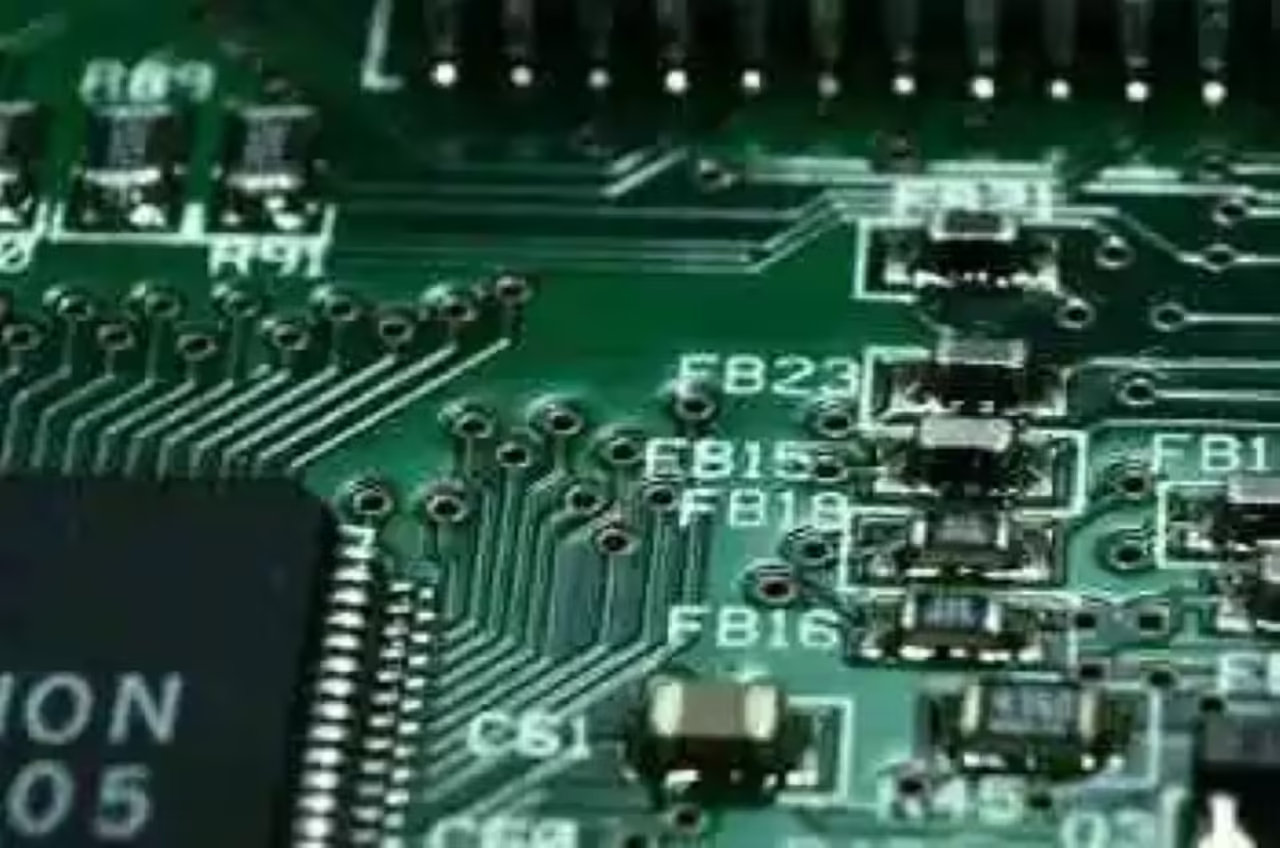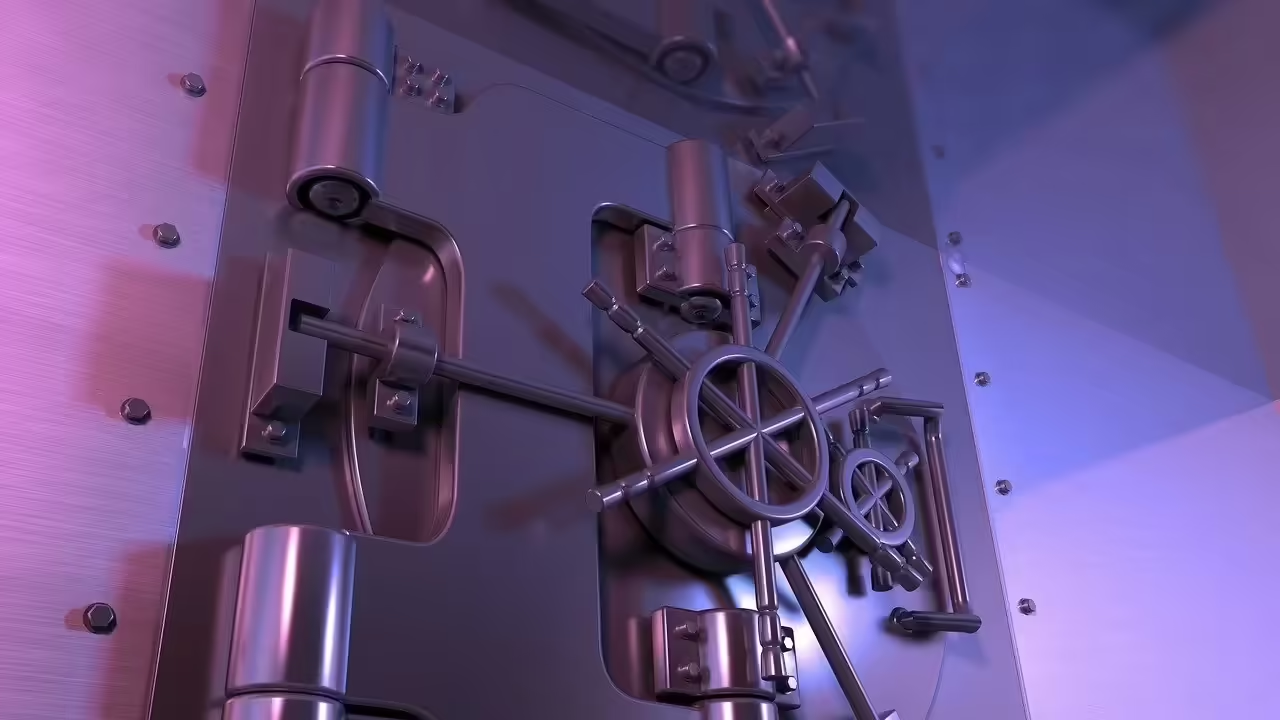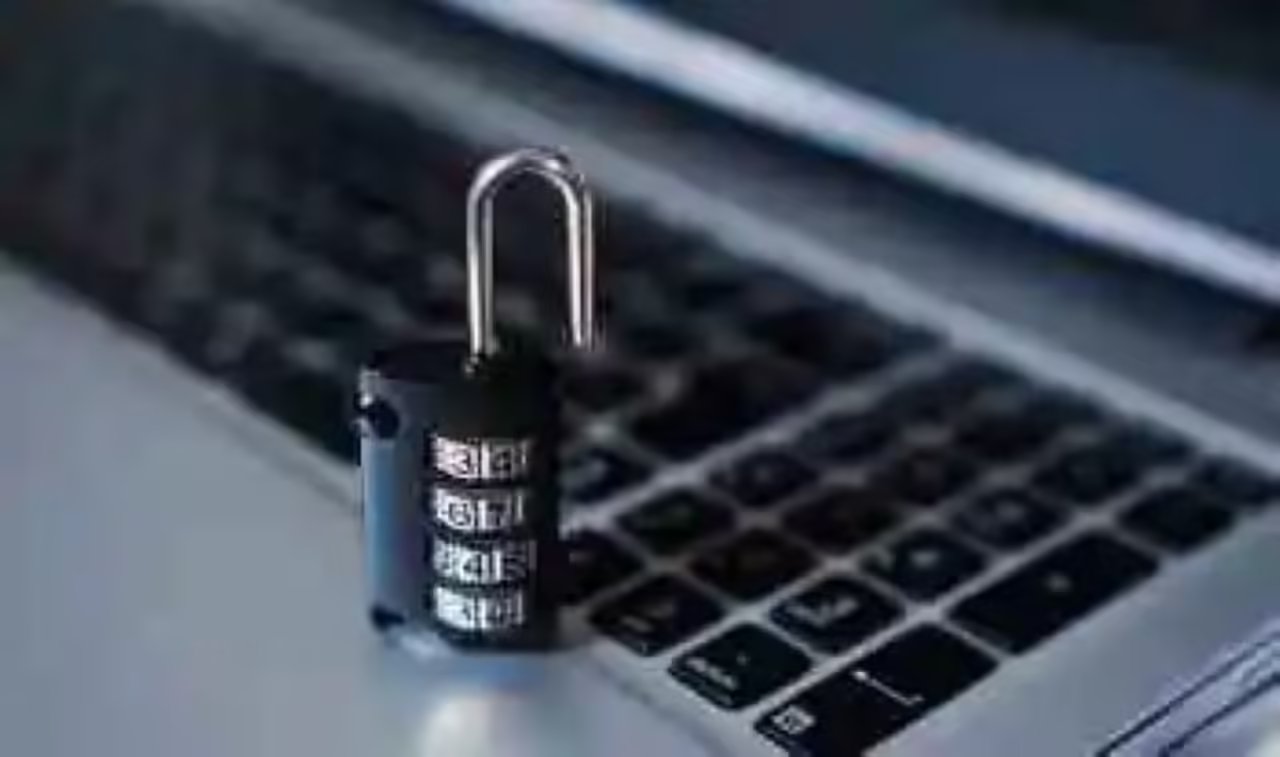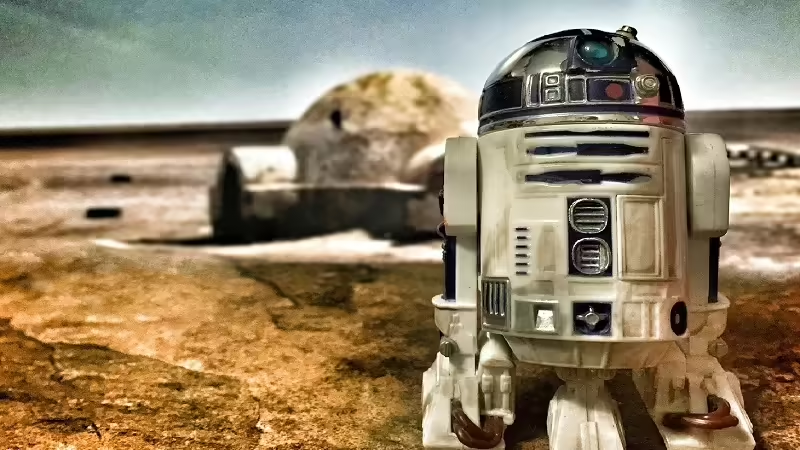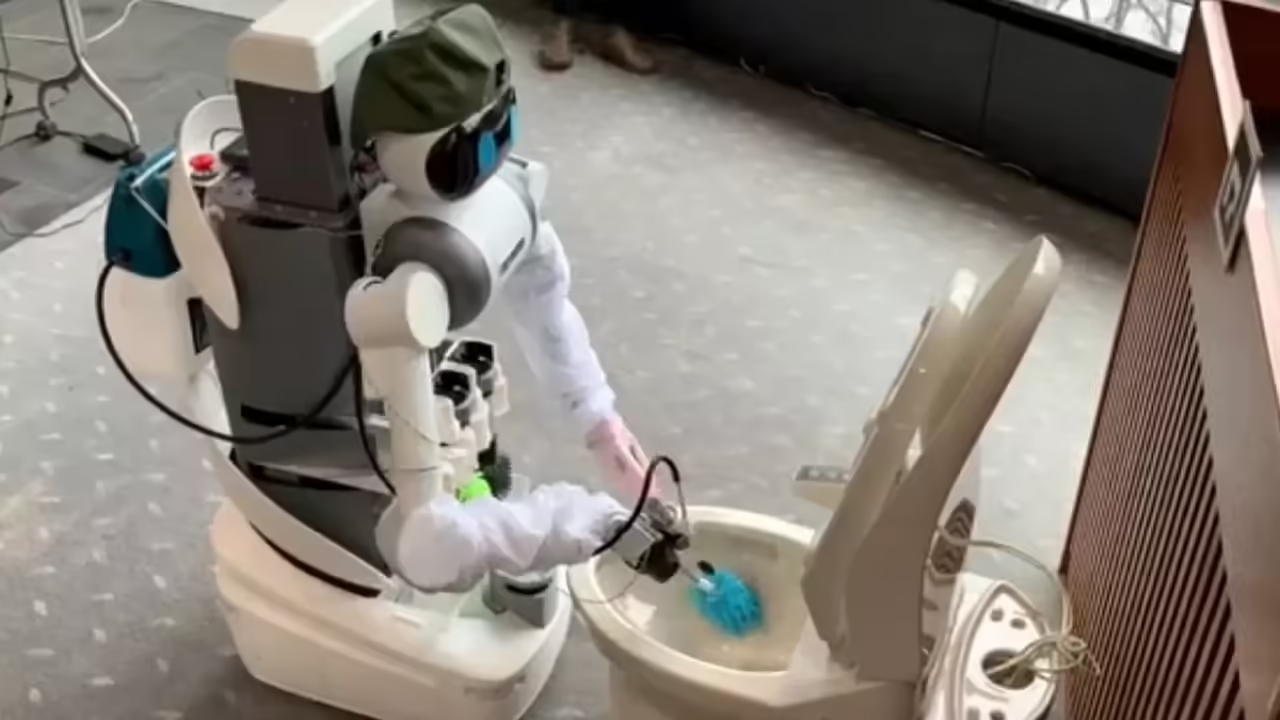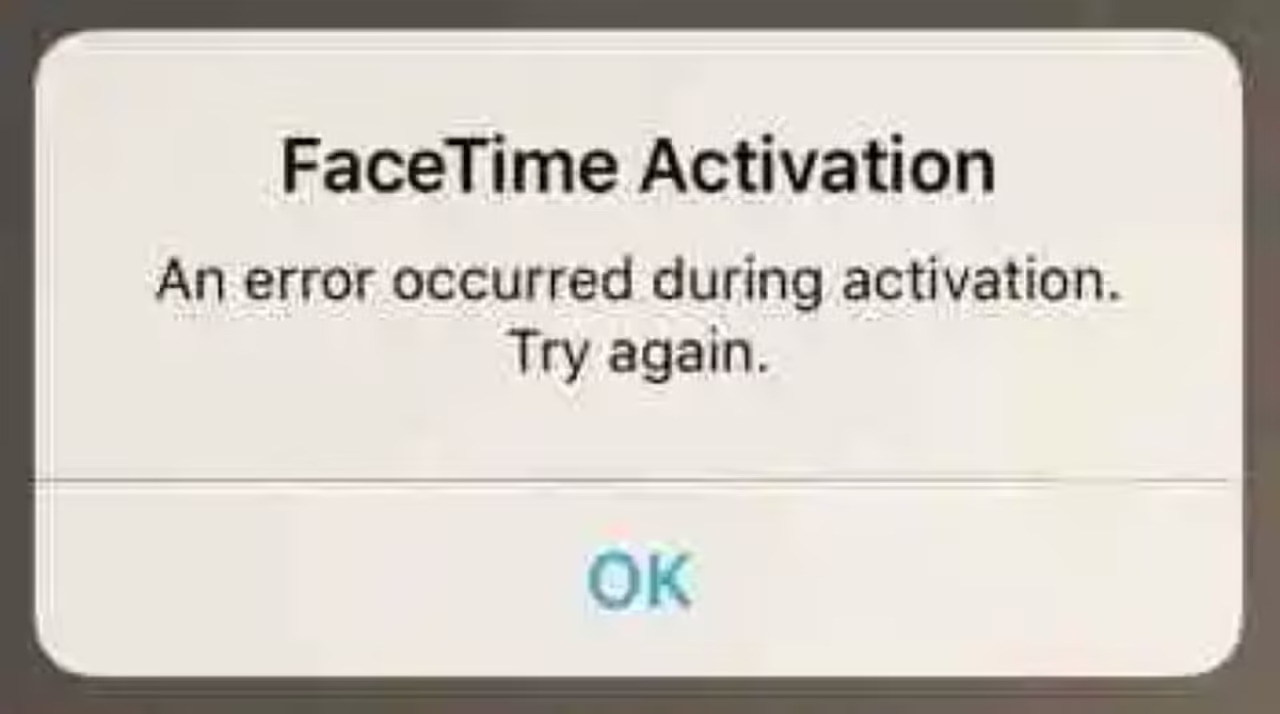Modern electronics are quite amazing, not only in terms of what they are capable of, but in terms of how accessible they are to the average person. Anyone who has an interest in designing and building their own electronics can find the resources to do so available online.
Microcontrollers are a great subject to start for anyone who plans on designing their own DIY electronics.
What Are Microcontrollers?
A microcontroller is a small circuit board that contains a computer. Perhaps the most common form of microcontroller that most people will recognize is the Raspberry Pi. The Pi has gained a reputation for being a fantastic tool for teaching children and adults how to code, as well as learning about how computers work more generally.
Much more specialized microcontrollers are found in a variety of industrial contexts. For example, on a modern manufacturing line with lots of automated machines, each machine will be powered by a microcontroller.
What Can I Do with Microcontrollers?
Microcontrollers appear in so many different contexts that it isn’t really an exaggeration to say that you can do just about anything you like with them. As well as the numerous things that you can do with a Raspberry Pi or an Arduino, it is now possible to learn how to design your own printed circuit boards and therefore design your own custom microcontrollers.
If you are struggling for ideas of what to do with a microcontroller, there are numerous online communities full of other electronics enthusiasts who will be eager to point you in the right direction.
Where’s the Best Place to Start?
The best place to start when learning about microcontrollers is with some basic tutorials. How basic you go will depend on your prior knowledge about computers. If you are reasonably tech-savvy and have a good understanding of computers, then you are probably ready to dive right in.
However, if you have no previous knowledge of coding, then this is a good place to start. Start with the basic languages like JavaScript, Perl and Python, then move on to C and its variants.
Taking it to the Next Level
Once you have equipped yourself with the necessary tools and followed your first couple of tutorials, you may be ready to take things to the next level. You can complete as many basic projects as you like before moving on to the more advanced lessons – it is entirely up to you. As you learn more, you can begin to plan your PCB design for testability so that it becomes easier to troubleshoot your projects and fix any issues that arise.
Many of the same places that provide you with those beginner’s tutorials will also be fruitful resources when it comes to more advanced lessons. As you take on more difficult projects, you might find it easier if you join an online community of members who can help you to understand the more difficult topics.
Once you have mastered the basics of microcontrollers, the world of DIY electronics will truly open up to you. The Raspberry Pi and Arduino are the best places to begin with microcontrollers, especially if you don’t have any prior coding experience.
